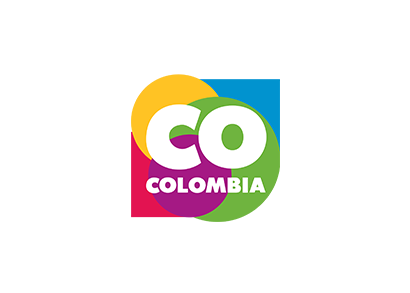Public power in Colombia is distributed in the Executive, Legislative and Judicial branches, designed since 1945, and entities for electoral organization and control agencies established by the 1991 Constitution.
- The Executive Branch, led by the President of the Republic, is mainly composed of governorates, municipalities and ministries. Its role is enshrined in the article 115 of the National Constitution.
- The Legislative Branch counts with a bicameral structure that integrates the Senate Congress and the Chamber of Representatives. The elections are through popular vote and its members must be at least 30 years old.
Senate is form by 102 members, two of them on behalf of the indigenous communities. In the meantime, the House of Representatives is conform by 166 members of which 161 are chosen according to their territorial constituency (departments and District Capital) and the remaining five represent Afro-descendants communities, indigenous, Colombians abroad and political minorities.
- The Judicial Branch manage the justice in Colombia. It is compose by organisms like the Supreme Court of Justice, the Constitutional Court, the State of Council, the Supreme Council of Judiciary, Special Jurisdictions and the General Prosecutor of the Nation.
- Autonomous public entities are organizations that serve the State. Among them are supervisory entities such as the Public Prosecutor or the Attorney and the Comptroller, as well as the National Electoral Council, and the Republic Bank.
Browse through all our other sections to learn more about our country and share it with the world.




